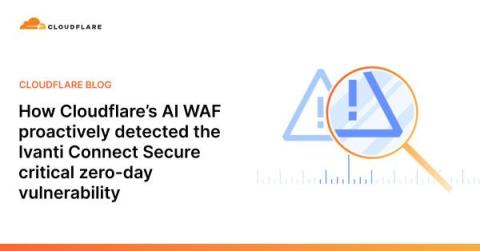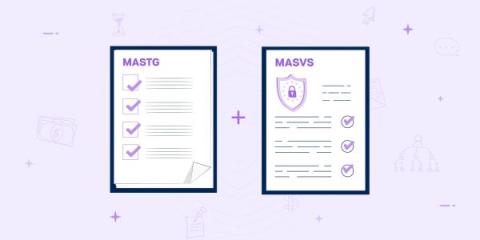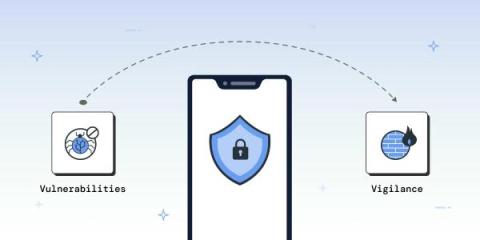How Cloudflare's AI WAF proactively detected the Ivanti Connect Secure critical zero-day vulnerability
Most WAF providers rely on reactive methods, responding to vulnerabilities after they have been discovered and exploited. However, we believe in proactively addressing potential risks, and using AI to achieve this. Today we are sharing a recent example of a critical vulnerability (CVE-2023-46805 and CVE-2024-21887) and how Cloudflare's Attack Score powered by AI, and Emergency Rules in the WAF have countered this threat.










